Country Lifestyles
Photographing the Cowboys of the Waggoner Ranch
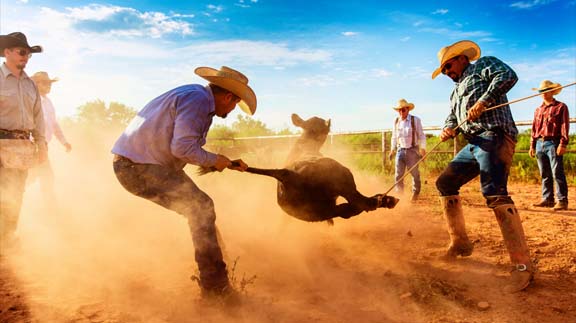
By Jessica Crabtree
What is a photo worth? Can a price be placed on an image, or does it remain priceless? What if a photo captures a piece of living history and preserves it for years so that multiple generations will know it existed? That is the sentiment behind the book, Cowboys of the Waggoner Ranch. The glossy, bound book is comprised of 180 images displaying true Texas history and documenting a way of life.
Photographer, Jeremy Enlow, of Weatherford, is the master-mind behind the outstanding book. Page by page the photos are made up of magnificent colors created by Mother Nature and the individuals who inhabit the Waggoner Ranch, the cowboys. Each presents his own story and ties to the colossal ranch. Some are third and fourth generation; some have been there since graduating high school, while others came home after a stint in the army. Whatever their reason, their living places them as part of the Waggoner Ranch tradition handed down from founder Daniel “Dan” Dale Waggoner to his son W.T. “Tom” Waggoner and every generation of cowboy after. It categorizes them as part of the largest ranch within one fence—at 510,572 acres. It also attaches them to the Waggoner name as Tom became known as the greatest cattleman in Texas and wealthiest man this side of the Mississippi.
Enlow first visited the ranch in April of 2015, expanding his equestrian photos. A photographer by trade, Enlow grew up a newspaper editor’s son and was always around cameras. To read more pick up the April 2016 issue of NTFR.
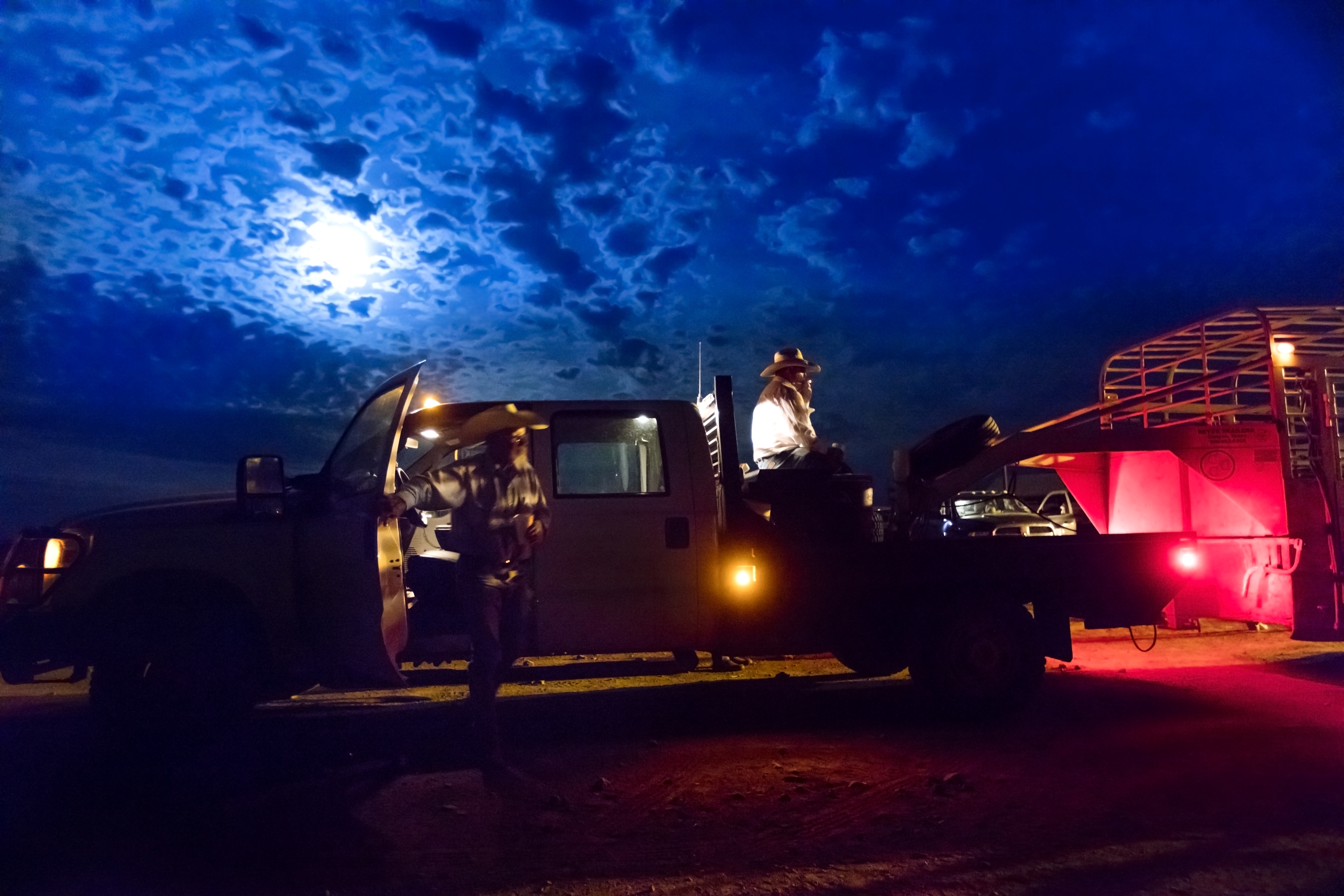
Jimbo Glover (left), coffee cup in hand, watches to see that everyone is loaded and then leads the long line of vehicles out to the pasture on the Waggoner Ranch. George Calvin Self rests on the toolbox of the truck.
The Waggoner Ranch, located in North Texas, is the largest ranch under one fence in the United States spreading 510,00 acres into six counties.
Photographer Jeremy Enlow documented the 26 cowboys who work on the ranch and published a 140 page coffee table hardcover book, Cowboys of the Waggoner Ranch, which was released Nov. 1, 2015.
The book is available to purchase at waggonercowboys.com
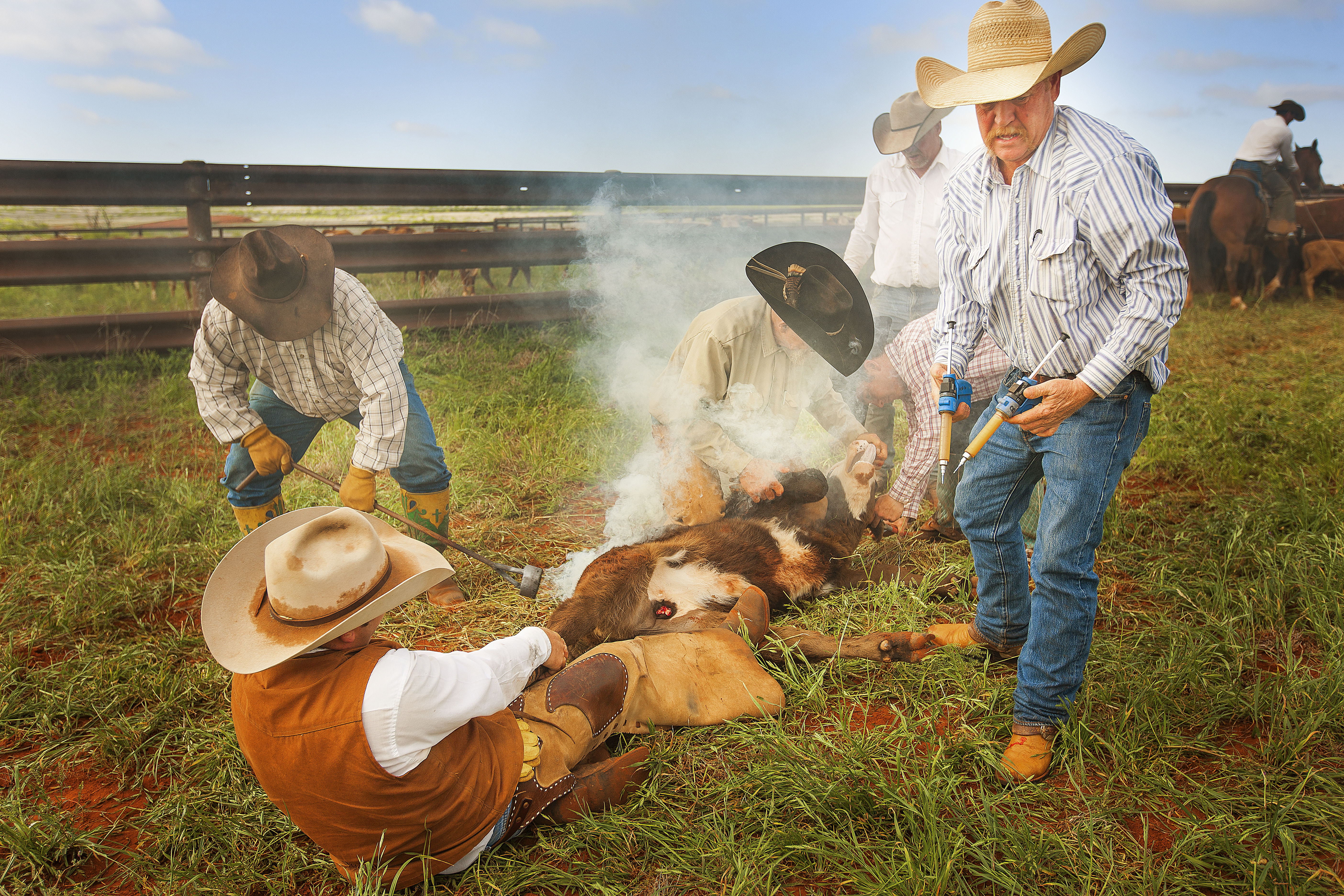
The calvesÕ right ears are marked with a nine underbit with a crop, a mark that is registered along with the Waggoner brand. A nine underbit means the crop is on the bottom, or underside, of the ear, and is curved similar to the back of the number nine. The end of the ear is lopped off straight. The ear crop began to be used in the late 1800s to thwart cattle rustlers who attempted to alter ownersÕ brands and claim the cattle as their own. The crop also helps cowboys identify a cowÕs ownership when they are riding on the wrong side and canÕt see a cowÕs brand. Calves also are given an ear tag they will wear all their lives.
The Waggoner Ranch, located in North Texas, is the largest ranch under one fence in the United States spreading 510,00 acres into six counties.
Photographer Jeremy Enlow documented the 26 cowboys who work on the ranch and published a 140 page coffee table hardcover book, Cowboys of the Waggoner Ranch, which was released Nov. 1, 2015.
The book is available to purchase at waggonercowboys.com
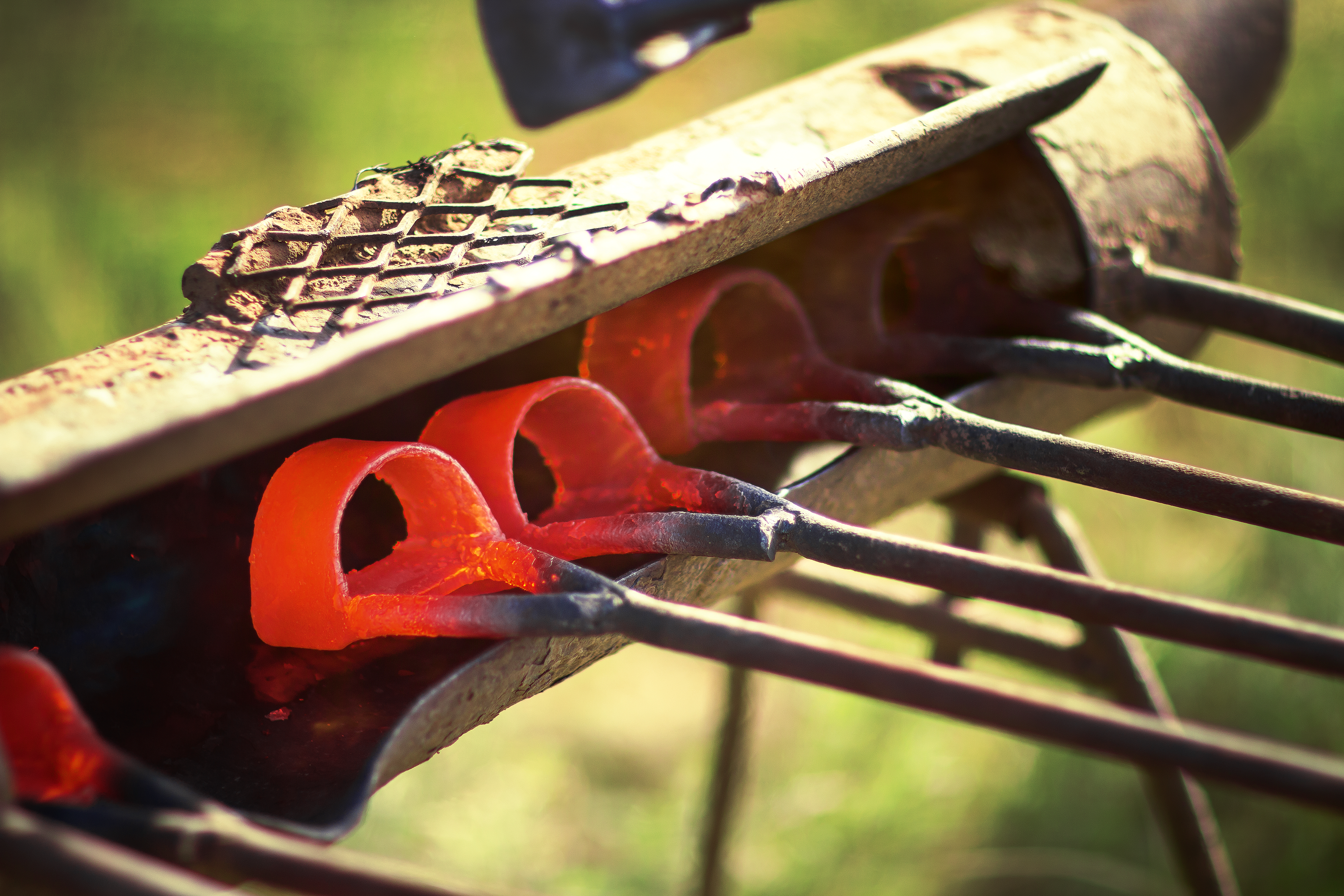
The Waggoner D is applied to the right hip with the round part facing the calfÕs rear. The reversed triple D is the registered brand, but one D is sufficient for branding.
The Waggoner Ranch, located in North Texas, is the largest ranch under one fence in the United States spreading 510,00 acres into six counties.
Photographer Jeremy Enlow documented the 26 cowboys who work on the ranch and published a 140 page coffee table hardcover book, Cowboys of the Waggoner Ranch, which was released Nov. 1, 2015.
The book is available to purchase at waggonercowboys.com
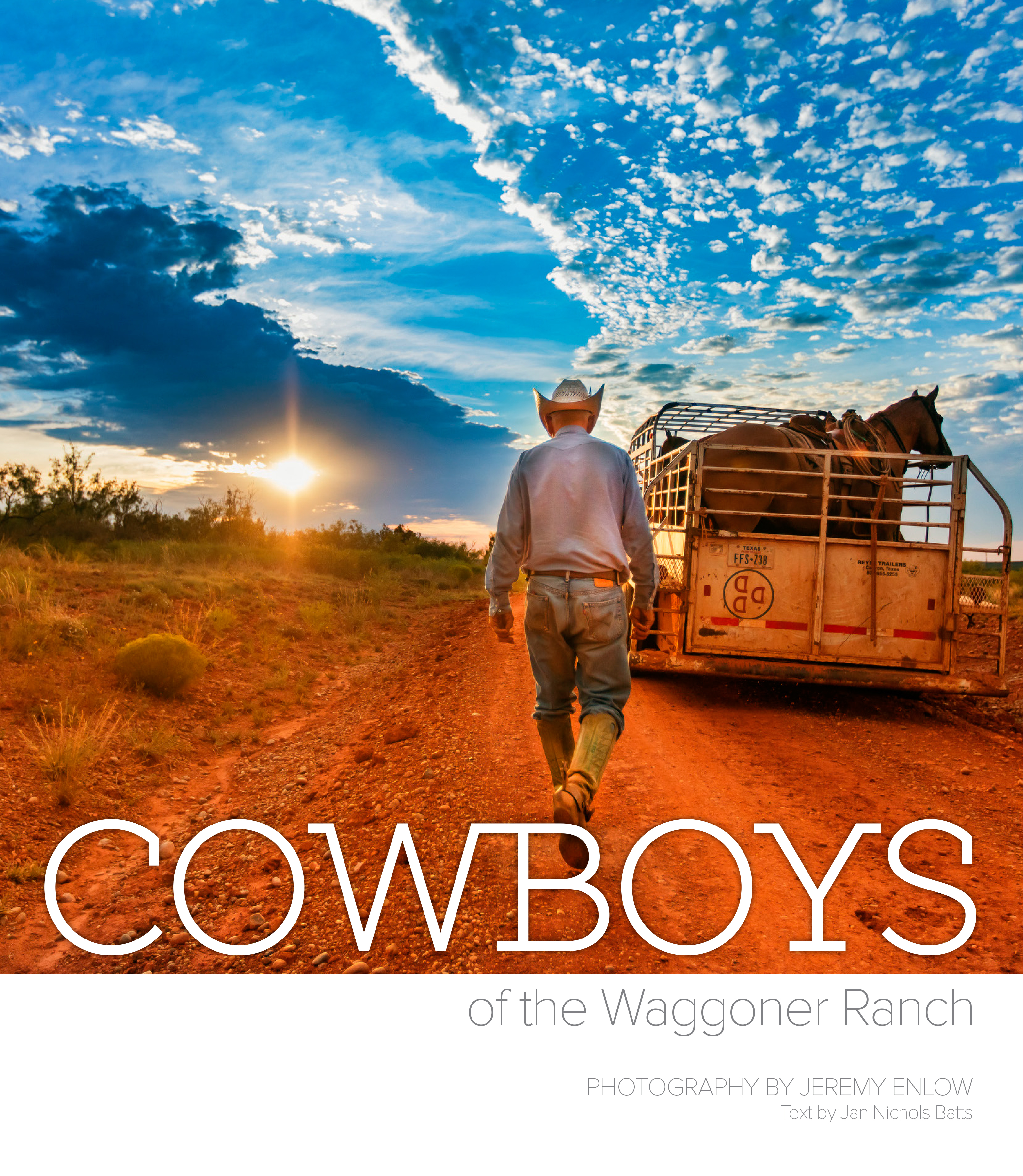
The Waggoner Ranch, located in North Texas, is the largest ranch under one fence in the United States spreading 510,00 acres into six counties.
Photographer Jeremy Enlow documented the 26 cowboys who work on the ranch and published a 140 page coffee table hardcover book, Cowboys of the Waggoner Ranch, which was released Nov. 1, 2015.
The book is available to purchase at waggonercowboys.com
Country Lifestyles
While We Were Sleeping
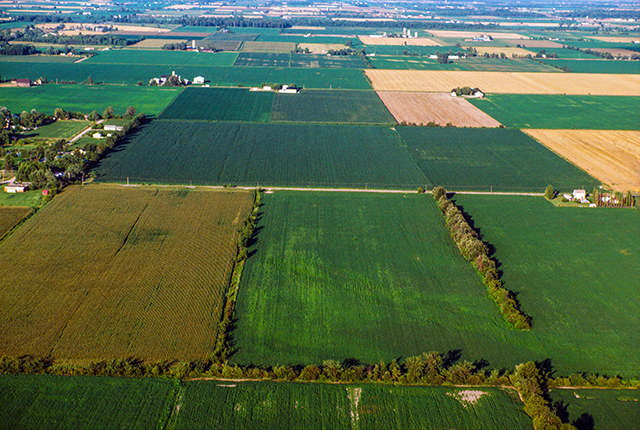
By Martha Crump
That old adage, “What you don’t know won’t hurt you.,” may have some basis in truth when applied to minor situations. However, when what you don’t know is presented in the form of a “Trojan Horse” and is what amounts to an incredible attempt to fleece American property rights, it becomes a different story altogether.
To put this unbelievable tale together, we need to step back to Joe Biden’s 2021 Executive Order which pledged commitment to help restore balance on public lands and waters, to create jobs, and to provide a path to align the management of America’s public lands and waters with our nation’s climate, conservation, and clean energy goals.
To read more, pick up a copy of the April issue of NTFR magazine. To subscribe by mail, call 940-872-5922.
Country Lifestyles
Lacey’s Pantry: Strawberry Sorbet

By Lacey Vilhauer
Ingredients:
1 whole lemon, seeded and roughly chopped
2 cups sugar
2 pounds strawberries, hulled
Juice of 1 to 2 lemons
¼ cup water
Directions:
Place the chopped lemon and sugar in a food processor and pulse until combined. Transfer to a large bowl. Puree the strawberries in a food processor and add to the lemon mixture along with juice of one lemon and water. Taste and add more juice as desired.
To read more, pick up a copy of the April issue of NTFR magazine. To subscribe by mail, call 940-872-5922.
Country Lifestyles
A Mountain Out of a Molehill
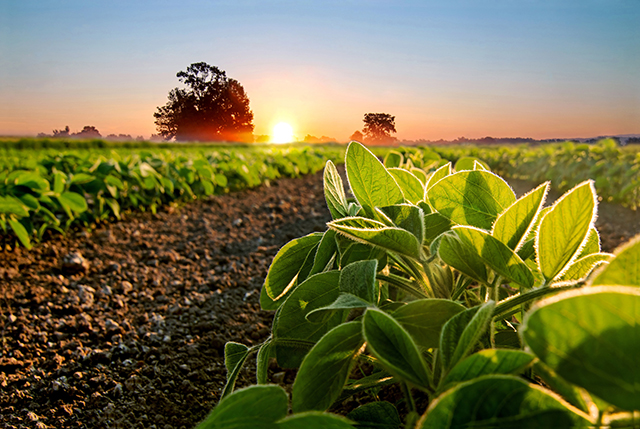
By Nicholas Waters
As winter plods along – come Spring and gopher mounds – homeowners and farmers find themselves playing a familiar song – fiddling while Rome is burning.
Let’s make a mountain out of a molehill. Those mounds on your lawn and pasture could be moles, but they’re more than likely gophers; Plains Pocket Gophers to be pragmatic – Geomys bursarius to be scientific.
These rodents dig and chew, and the damage they can do goes beyond the mounds we mow over. Iowa State University cited a study in Nebraska showing a 35 percent loss in irrigated alfalfa fields due to the presence of pocket gophers; the number jumped to 46 percent in decreased production of non-irrigated alfalfa fields.
The internet is replete with academic research from coast-to-coast on how to curtail gopher populations, or at least control them. Kansas State University – then called Kansas State Agricultural College – also published a book [Bulletin 152] in February 1908 focused exclusively on the pocket gopher.
To read more, pick up a copy of the April issue of NTFR magazine. To subscribe by mail, call 940-872-5922.
-

 Country Lifestyles1 year ago
Country Lifestyles1 year agoScott & Stacey Schumacher: A Growth Mindset
-

 Equine7 months ago
Equine7 months agoThe Will to Win
-

 Country Lifestyles7 years ago
Country Lifestyles7 years agoStyle Your Profile – What your style cowboy hat says about you and new trends in 2017
-

 Country Lifestyles4 years ago
Country Lifestyles4 years agoAmber Crawford, Breakaway Roper
-

 HOME7 years ago
HOME7 years agoGrazing North Texas – Wilman Lovegrass
-

 Country Lifestyles7 years ago
Country Lifestyles7 years agoDecember 2016 Profile, Rusty Riddle – The Riddle Way
-

 Country Lifestyles8 years ago
Country Lifestyles8 years agoJune 2016 Profile – The man behind the mic: Bob Tallman
-

 Outdoor9 years ago
Outdoor9 years agoButtercup or Primrose?






